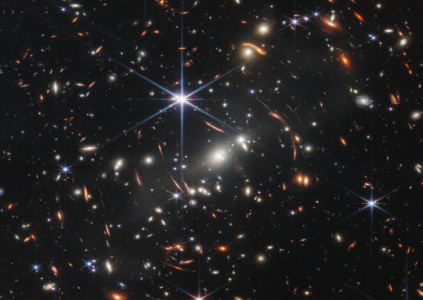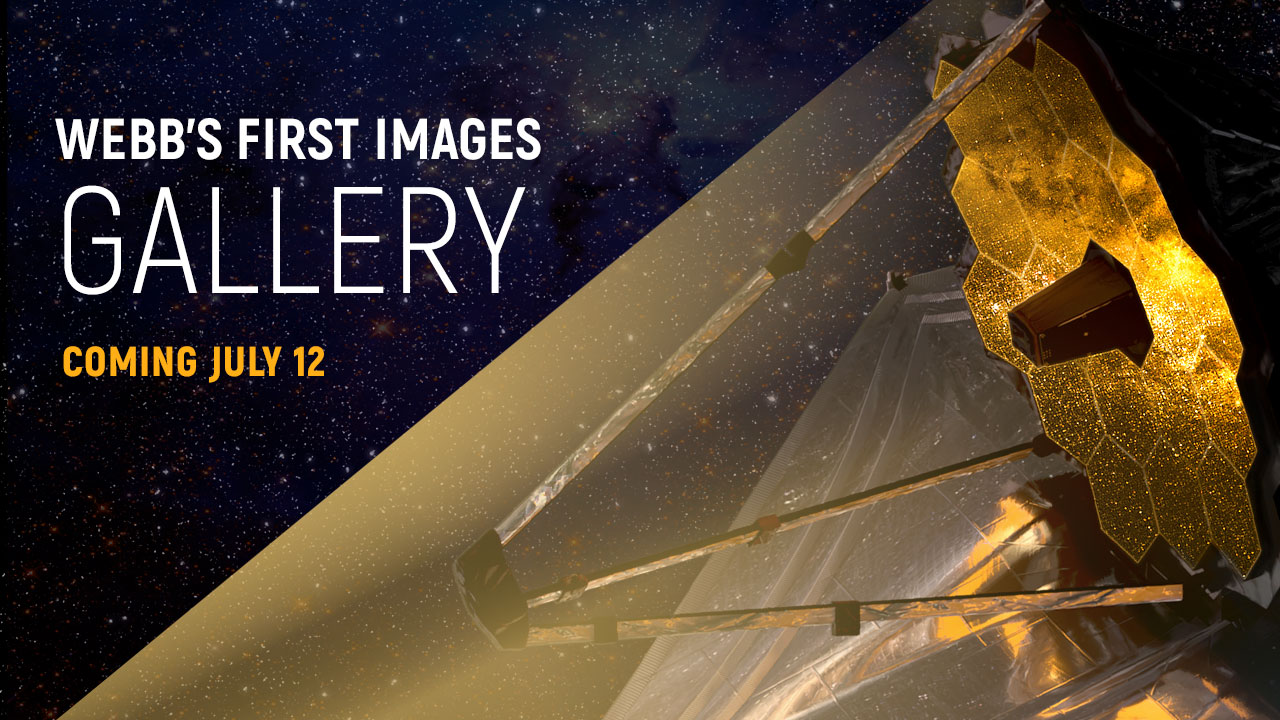
As planned , the James Webb Telescope team showed off the first full color images from this new space observatory. The telescope has captured the deepest and sharpest infrared image of the distant universe to date. This is a detailed image of the galaxy cluster SMACS 0723.

For the first time, thousands of galaxies appeared in the field of view of the James Webb telescope, including the faintest objects ever observed in the infrared. This fragment of the vast Universe can be compared to a grain of sand that someone holds at arm’s length.
The image shows a deep field image taken with a NIRCam (Near-Infrared Camera). It is a composition created from various images taken at different wavelengths, with a total duration of 12.5 hours. This made it possible to reach depths in the infrared that are unattainable by the Hubble Space Telescope.
The image shows the galaxy cluster SMACS 0723 as it appeared 4.6 billion years ago. The combined mass of this galaxy cluster acts like a gravitational lens, magnifying the much more distant galaxies beyond. The NIRCam camera was able to bring these distant galaxies into sharp focus. They have tiny, faint structures that have never been seen before, including star clusters and diffuse features. Data from the James Webb telescope will allow researchers to learn more about the masses, ages, history and composition of galaxies. This is due to the fact that the instruments of the space observatory make it possible to find and document the earliest galaxies in the Universe.

Full-size versions of the image in various formats are available on the project website . A gallery of the first images from the James Webb Telescope should also be made available soon.
- The James Webb Space Telescope was launched on December 25, 2021, 25 years after development began. It is expected that it will have enough fuel reserves for more than 10 years of operation .
- Among the observatory’s early targets are exoplanet atmospheres, protoclusters, circumstellar disks, quasars, trans-Neptunian objects, and comets.




